Physical Address
304 North Cardinal St.
Dorchester Center, MA 02124
Physical Address
304 North Cardinal St.
Dorchester Center, MA 02124
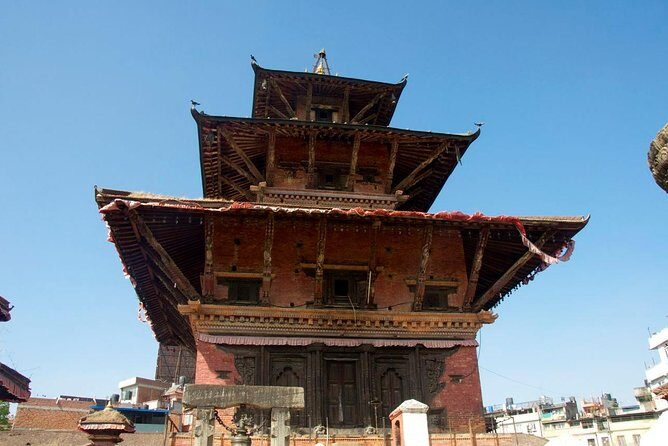
Discover Kathmandu's spiritual and cultural heart on a 3.5-hour walk along the Bagmati River, visiting 16 heritage sites with local insights.
Exploring Kathmandu’s Heritage Along the Bagmati River: An Authentic Walk Through 16 Monuments
This guided tour along Kathmandu’s Bagmati River promises an enriching experience packed into just under four hours. With a focus on visiting 16 heritage monuments across a short 2-kilometer stretch, it offers a glimpse into the spiritual, historical, and everyday life of Nepal’s capital. The tour’s compact nature makes it an excellent choice for travelers with limited time who want to experience the city’s soul firsthand.
One thing we truly appreciate about this experience is the way it combines cultural landmarks with local life. You’ll walk past Hindu temples, local houses, and even traditional akhadas, all while absorbing stories that connect the past with the present. However, a key consideration is that the Bagmati River currently looks more like a natural drain than a flowing river, which might be disappointing for nature lovers expecting scenic waterscapes. Still, the authenticity and cultural depth more than compensate for this.
This tour is best suited for curious travelers who enjoy historic sites, local scenes, and cultural insights. If you’re comfortable with seeing some less-polished aspects of urban Nepal and want a guided experience that’s both practical and immersive, this activity could be a highlight of your Kathmandu visit.
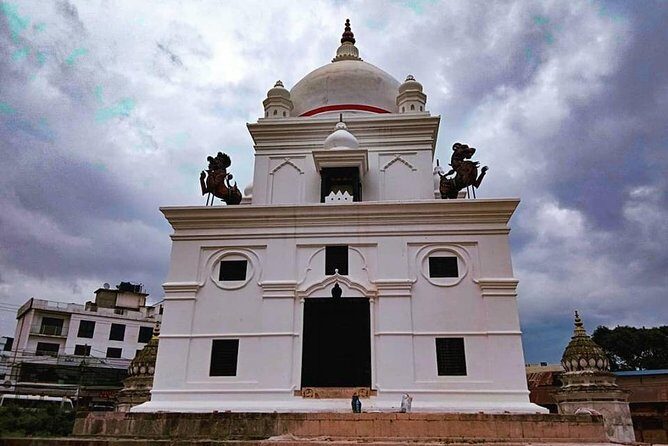
If you enjoy exploring Kathmandu on foot, these walking tours might also suit your style
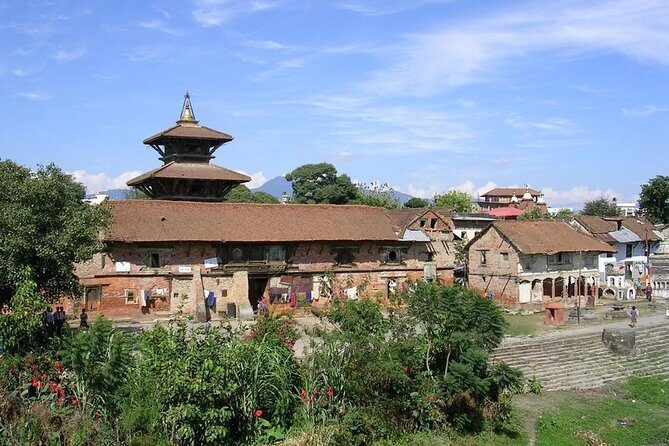
The tour kicks off with a pickup from your hotel around 1:30 pm, followed by a short drive to Thapathali. Here, the first major stop is the three Akhada complexes, built by Prime Minister Jung Bahadur Rana for Sadhus of three Hindu sects. These hermitages are more than just religious sites—they are active centers during Shiva Ratri, when Sadhus gather in pilgrimage. Watching Sadhus in their traditional attire gives you a glimpse into the spiritual fabric of Kathmandu that still thrives today, despite modern influences.
We loved the way the guide explained the significance of these complexes—they’re not just relics but living parts of Nepalese religious life. The Kalmochan Temple, dedicated to Lord Vishnu, offers a different architectural flavor with its Moghul Kathmandu-Gothic style. Built in the mid-19th century by Jung Bahadur Rana, this temple is a photo-worthy stop that combines history, architecture, and spiritual significance.

Next, the walk takes us along the river to visit Tripura Sundari, which is not only a temple but a symbol of goddess worship in Nepal. Although the details on Tripura Sundari are limited here, it’s a common theme: temples dedicated to various deities, each with its own story and local following, line the walk.
Then we visit the Pachali Bhairav Temple in Teku, famous for its special prayers and festivals—held once every 12 years on Bijaya Dashami. The worship here is believed to grant divine powers, making it a vital spiritual site for devotees. One reviewer noted how the vivid ritual atmosphere adds a layer of authenticity and color to the walk.
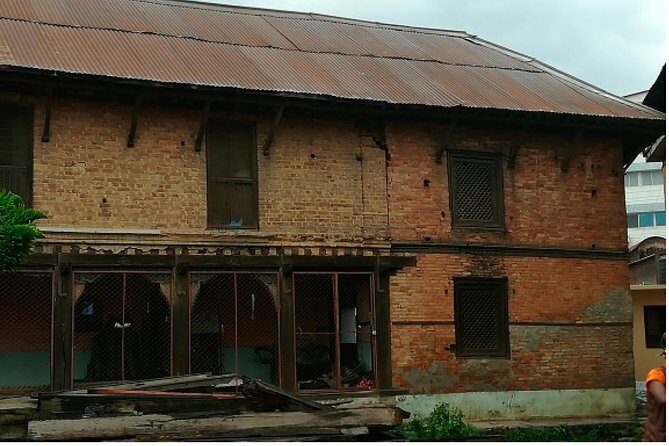
Crossing the Chandra Ghat, where Hindus cremate their dead, offers a sobering reminder of life and death in Nepalese culture. This site is a common pilgrimage spot for locals, and the guide offers respectful insights into its significance. Standing at the edge of the river here, you might notice that the water is murky, which some reviews mention as disappointing compared to idyllic river images—but it’s a real, unfiltered part of Kathmandu’s life.
Moving further, we see the Purneshwor Temple, Hanuman Ghat, and Radha Krishna Temple, each adding layers to the spiritual tapestry. The suspension bridge over the Bagmati offers a quick thrill and great photo opportunity—plus, it’s a reminder of how the river is still very much a part of daily infrastructure.
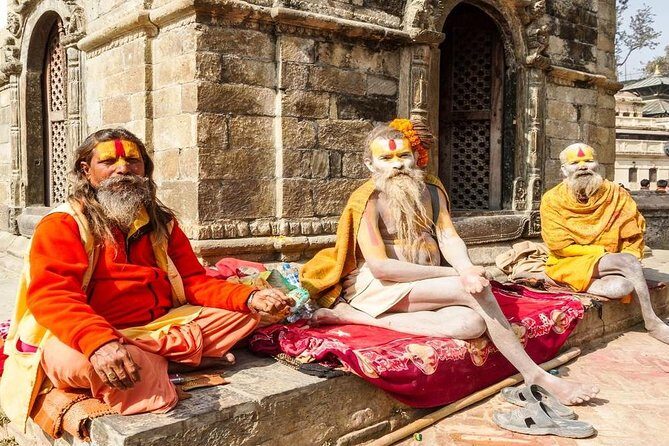
The Teen Dewal (Bambikateshwor Temple), built by Rana-era officials, features three interconnected shrines crowned with distinctive Shikhara styles. Visiting this site reveals how traditional Nepali temple architecture blends with Rana-era influences, making it a fascinating stop for those interested in architectural history.
History buffs will find these Kathmandu heritage tours enlightening
As the tour winds down, the Jaganath Temple—a large, octagonal shrine built in 1792—provides a majestic end to the heritage walk. Its terracotta work and intricate carvings are highlights, and it’s a lively place with ongoing worship.
Not far from here is Teku Dovan, a local settlement where you can observe day-to-day life in Kathmandu—a contrast to the grand temples, but equally important in understanding the city’s fabric.
The value of this tour lies in its unique combination: visiting a concentrated stretch of heritage sites with a knowledgeable guide, within a manageable timeframe and budget. The inclusion of all entrance fees and hotel pickup adds to the convenience, especially for first-time visitors.
The guide’s insights, especially about the significance of the akhadas and temples, add depth that self-guided tours can’t match. We also appreciated the honesty about the river’s current state—it’s not the picturesque image many travelers might expect—but the cultural authenticity more than makes up for it.
However, some might find the short duration limiting—if you’re seeking a deep exploration of Kathmandu’s history, this might be a quick taste rather than an exhaustive experience. Also, be prepared for local scenes and settlements that aren’t polished tourist spots—this is real life, not a museum.
This heritage walk is ideal if you’re interested in Nepal’s spiritual sites, want a guided cultural experience, and enjoy seeing local life alongside monuments. It’s a great option for those short on time but eager to understand Kathmandu’s essence beyond the tourist hotspots.
If you’re curious about Hindu temples, traditional architecture, and pilgrimage sites, this walk will satisfy your itinerary. However, if you’re after picturesque river views or nature-focused experiences, you might want to supplement this with other outdoor activities.
For a cost-effective, authentic, and culturally rich experience, this walk along the Bagmati River delivers a meaningful taste of Kathmandu’s heritage. It balances history, religion, and everyday life, offering insights that resonate well beyond typical sightseeing.
The tour’s focus on local scenes and spiritual sites makes it a compelling choice for travelers who want more than just monument-hopping. While the current state of the river might not inspire awe, the stories and insights from the guide help paint a vivid picture of Kathmandu’s living tradition.
Overall, if you’re looking for a guided, manageable, and authentic introduction to the city’s spiritual core, this experience offers excellent value and memorable moments.
What is included in the tour?
The tour includes a private vehicle for pickup and drop-off, an English guide, and all entrance fees to the sites visited.
How long does the walk last?
The entire experience lasts approximately 3 hours 30 minutes, making it a manageable half-day activity.
Is hotel pickup available?
Yes, pickup and drop-off are provided from hotels inside Kathmandu’s ring road.
What should I bring?
Bring sun protection like sunglasses and a hat, a camera for photos, and possibly a mask if needed for comfort around certain sites.
Is this tour suitable for all ages?
Most travelers can participate, but be prepared for some walking over uneven surfaces and potential exposure to local scenes.
Can I cancel the tour if my plans change?
Yes, full refunds are available if you cancel at least 24 hours in advance. Cancellations within 24 hours are non-refundable.
This guided heritage walk along the Bagmati River offers a concentrated dose of Kathmandu’s spiritual and cultural highlights, making it a memorable and enriching experience for those eager to see more of the city’s authentic side.